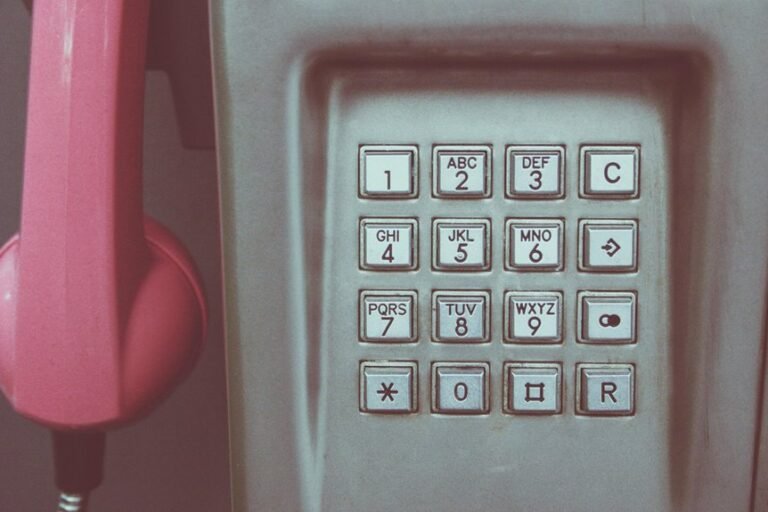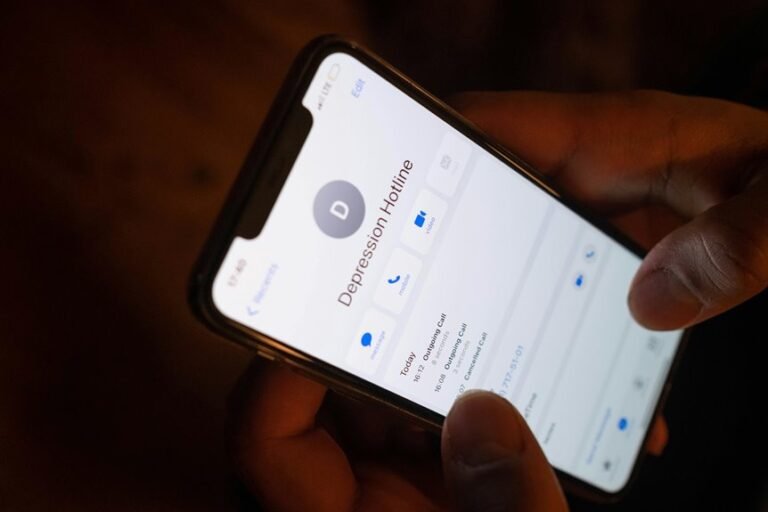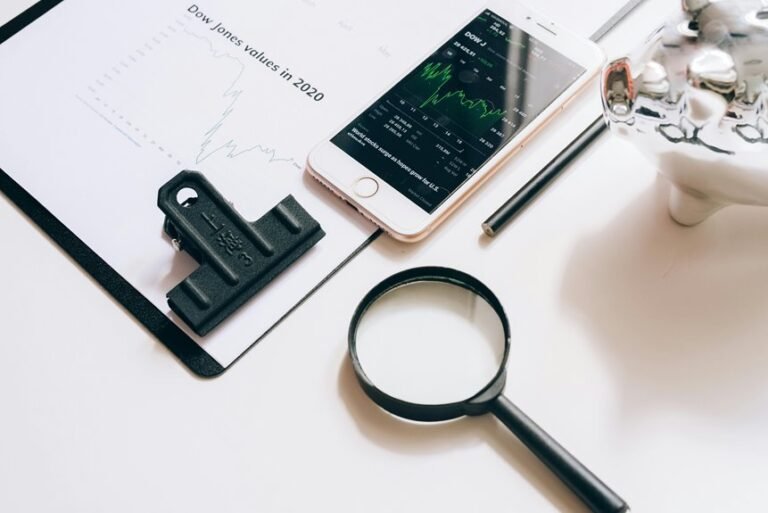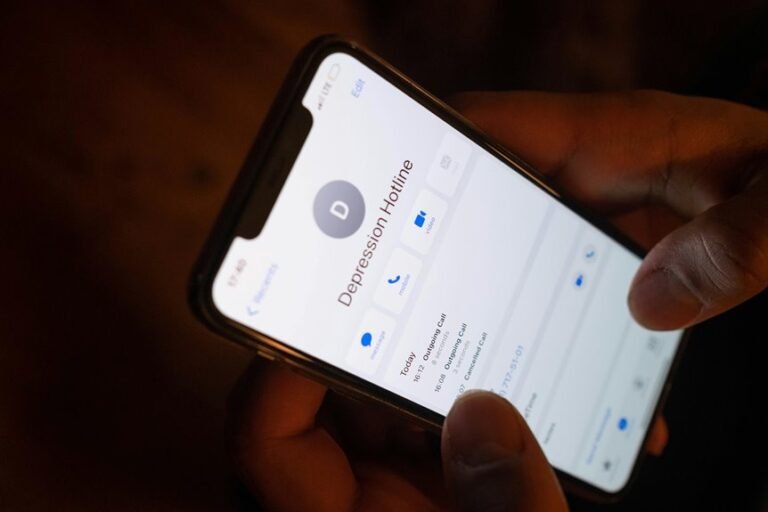Who Called Me From 18558912300, 18559220783, 18662058022, 18662337715, 18662760922, and 18662847625? Verify Now
Calls from numbers such as 18558912300, 18559220783, and others have raised significant concerns regarding their authenticity. These digits often originate from telemarketers or potential scams. Understanding their source and purpose is crucial. What do these numbers signify? Are they legitimate businesses or simply unwanted solicitations? Investigating these calls could reveal patterns or warnings that are important to note. The next steps in this exploration are vital for anyone receiving these calls.
Understanding the Caller IDs and Their Origins
As technology has evolved, so too has the complexity of caller identification systems, prompting a deeper inquiry into their origins and functionality.
Various caller identification techniques have emerged, influenced by international call regulations. These advancements enable users to discern call origins, enhancing their autonomy in communication.
Understanding these systems provides crucial insights into the interplay between technological progress and privacy rights in an interconnected world.
Common Reasons for Receiving Calls From These Numbers
Receiving calls from unfamiliar numbers often raises questions about their origins and intents.
Many of these calls can be linked to telemarketing scams, aiming to sell products or services under dubious circumstances.
Additionally, legitimate customer service departments may reach out to follow up on inquiries or transactions.
Understanding these common reasons can empower individuals to discern the nature of unsolicited calls.
How to Verify the Legitimacy of Unknown Callers
Determining the legitimacy of unknown callers requires a systematic approach, especially given the prevalence of scams and misleading sales tactics.
Individuals can engage in call verification by using reverse lookup services, searching online for caller reviews, or consulting with trusted sources.
Analyzing caller patterns and questioning their intent fosters informed decisions, empowering individuals to reclaim their time from dubious unknown callers.
Conclusion
In conclusion, the surge in unsolicited calls has become increasingly concerning, with statistics revealing that nearly 50% of all mobile calls are now categorized as spam. This underscores the importance of vigilance when receiving calls from unfamiliar numbers such as 18558912300 and others. By employing reverse lookup services and familiarizing oneself with common telemarketing tactics, individuals can safeguard their privacy and discern the legitimacy of unknown callers. Remaining informed is key in navigating this complex communication landscape.






